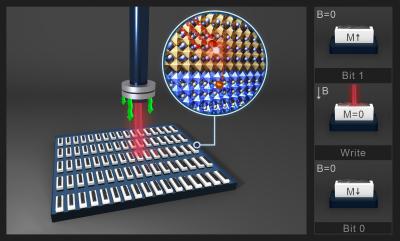Tackling perovskite solution aging issues could benefit solar cells and promote commercialization
The aging process of the perovskite solution used to fabricate solar cells makes the solution unstable, leading to poor efficiency and poor reproducibility of the devices. Reactants and preparation conditions also contribute to poor quality. To tackle these issues, a research team from the Qingdao Institute of Bioenergy and Bioprocess Technology (QIBEBT) of the Chinese Academy of Sciences (CAS) has studied the aging process of perovskite solution and proposed a way to avoid side reactions.

Prof. PANG Shuping, corresponding author of the paper, said "an in-depth understanding of fundamental solution chemistry had not kept up with rapid efficiency improvements in perovskite solar cells, even though such cells have been studied for 10 years... Normally, we need high temperature and a long time to fully dissolve the reactants, but some side reactions can happen simultaneously," said Prof. PANG. "Fortunately, we have found a way to inhibit them."









